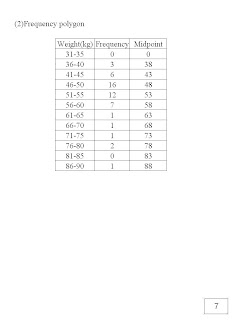Perjanjian Aqabah
- Ditandatangani pada tahun 612M. antara orang Arab dengan Nabi Muhammad s.a.w..
- Perjanjian ini dikenali sebagai Perjanjian Aqabah Pertama.
- Suku Aus dan Khazjah hendaklah beriman kepada Allah dan Rasul.
- Satu lagi perjanjian antara Nabi Muhammad s.a.w. dengan suku Aus dan Khazjah ialah pada tahun 622M..
- Perjanjian ini dikenali sebagai Perjanjian Aqabah Kedua.
- Suku Aus dan Khazjah menjemput Nabi Muhammad s.a.w. dan orang Islam di Makkah berhijrah ke kota Makkah.
Piagam Madinah
- Merupakan seduah perlembagaan bertulis yang pertama dirangka di dunia.
- Menjadi asas negara berdaulat.
- Asas pemerintahan kerajaan Islam Madinah.
- Mencacatkan tentang peraturan, tanggungjawab ketua negara dan rakyatnya, serta berasakan persetujuan orang Islam dan orang bukan Islam.
- Nabi Muhammad s.a.w. dilantik sebagai pemimpin.
Hijrah
- Berasal daripada perkataan Arab yang bermaksud berpindah.
- Hijrah bermaksud perpindahan orang Islam dari Makkah ke Madinah.
- Orientalis Barat mentafsirkan hijrah sebagai suatu pelarian.
- Pernghijrahan adalah disebabkan perintah Allah melalui wahyu.
- Hijrah bertujuan untuk meneruskan penyebaran agama Islam.
- Menberi peluang kepada Nabi Muhammad s.a.w. untuk mendamaikan suku Arab di Madinah.
Penyerbaan Islam
- Menghantar perutusan ke rom, Rom Timur, Parsi, Mesir, dan wilayah di sekitar Semenanjung Tanah Arab.
- Pertempuran dan peperangan dalam Islam bertujuan menentang kezaliman dan menpertahankan diri.
- Contoh peperangan: Perang Badar, Perang Uhud, Perang Khandak, dan Perang Tabuk.
Perjanjian Hudaibiyah
- Orang Islam bercadsang untuk menziarahi Makkah pada tahun 628M..
- Orang Islam Quraisy di Hubaibiyah menyekat kedatangan orang Islam Madinah,
- Perjanjian Hudaibiyah termeterai antara Nabi Muhammad s.a.w. dengan Suhail bin Amru.
- Orang Islam berpeluang untuk menunaikan haji pada tahun 629M..
Pembukaan Semula Kota Makkah
- Kota Madinah ialah tempat kelahiran Nabi Muhammad s.a.w.
- Tempat lahirnya agama Islam.
- Empat pasukan tentera telah disediakan dan bergerak masuk ke kota Makkah menerusi empat arah yang berlainan.
- Kota Makkah ditawan semula pada tahun 630M..


























